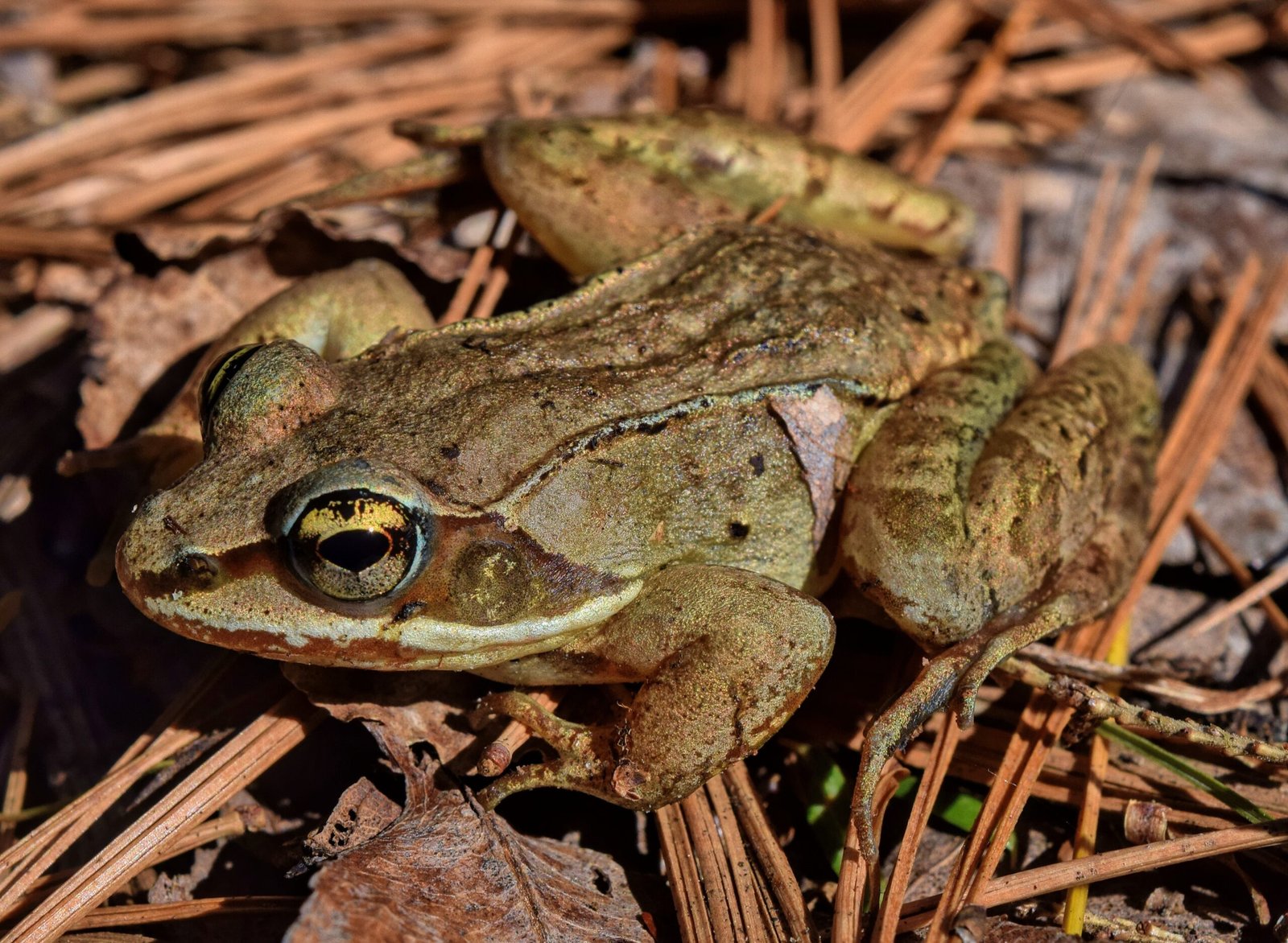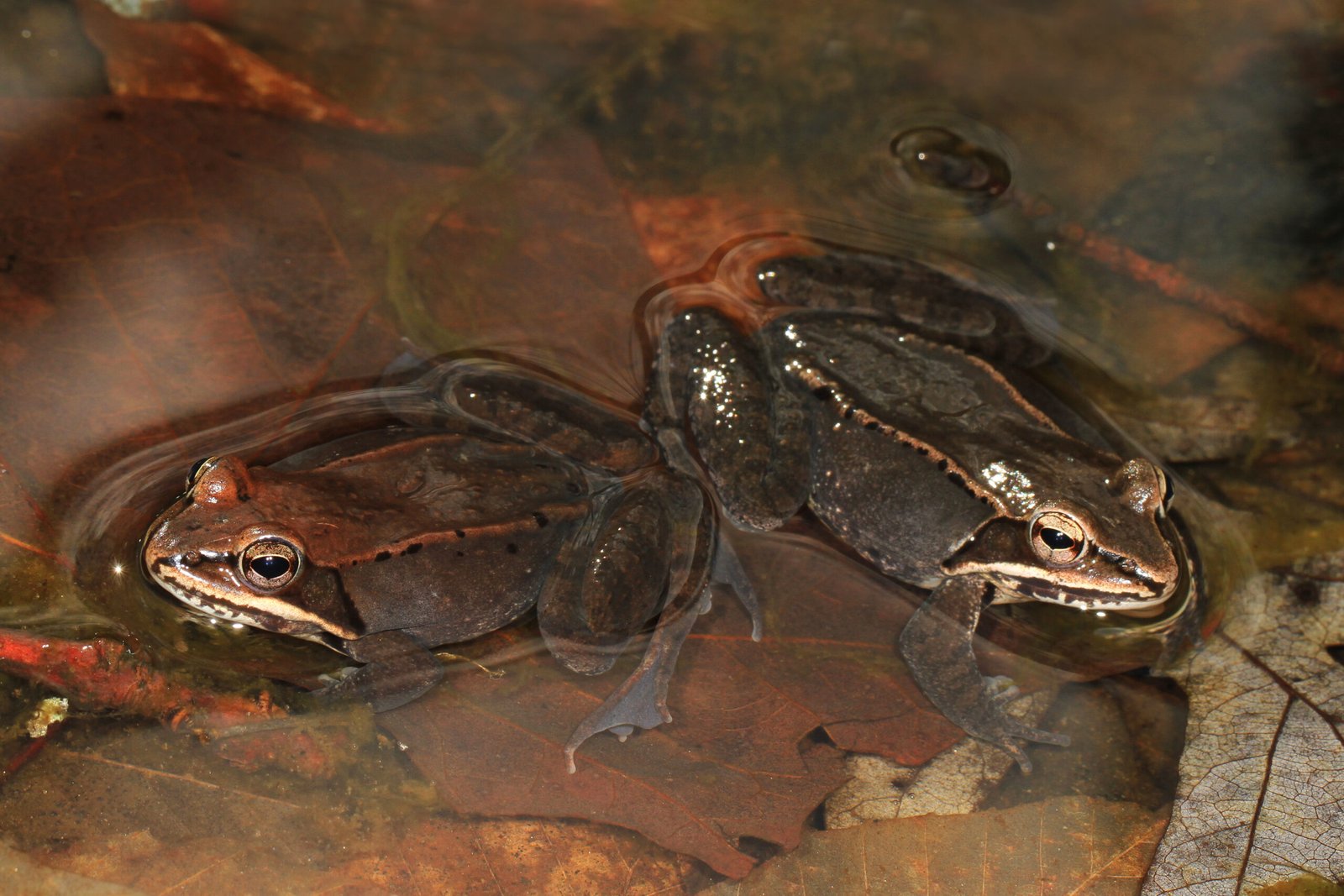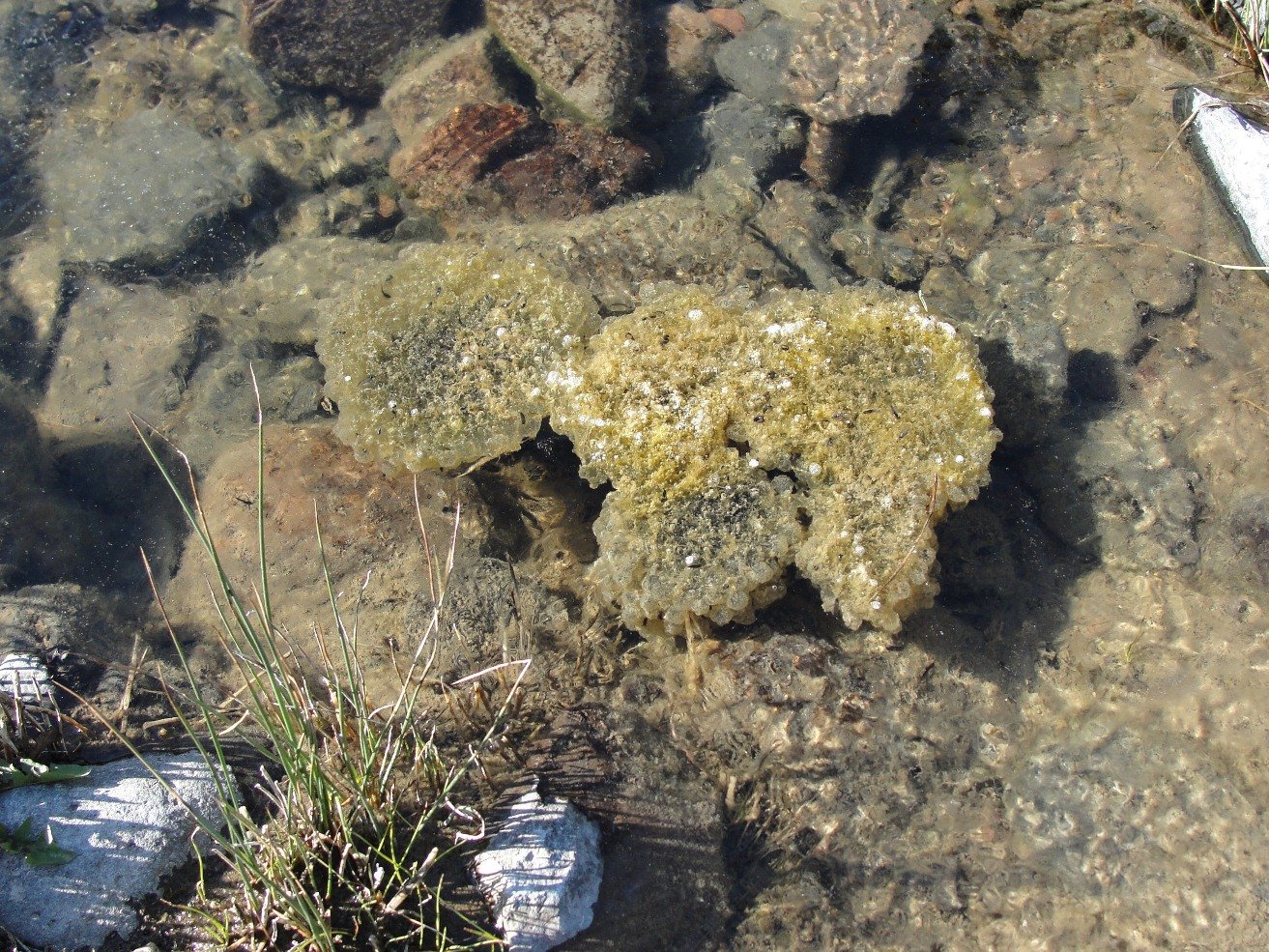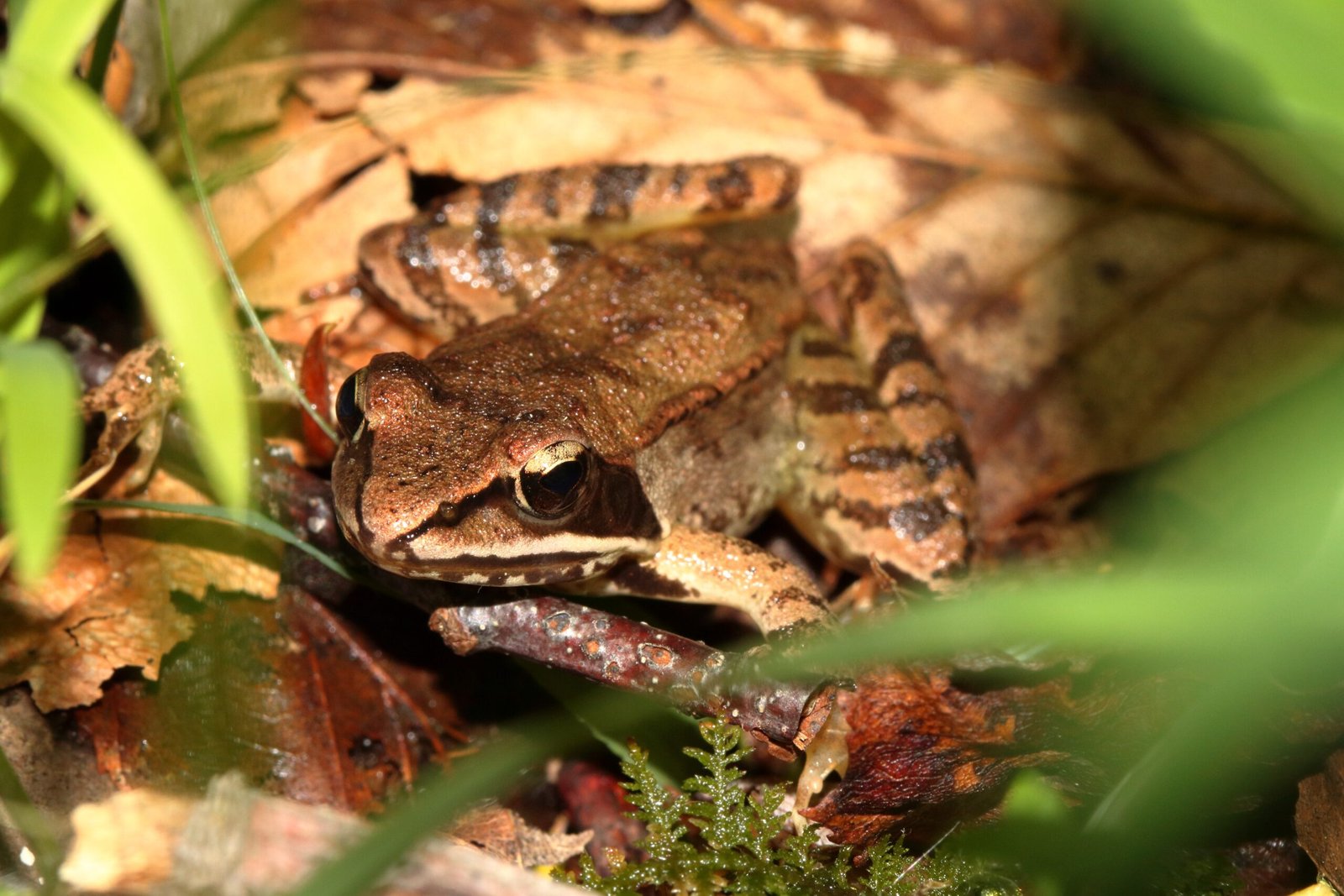Imagine a creature that can endure the harshest winter cold by freezing solid, only to thaw out and return to life as the warmth of spring returns. This isn’t the beginning of a science fiction tale but rather the remarkable reality of certain frog species. These frogs possess an extraordinary ability that defies what we typically understand about life and death, and their story is one that captivates both scientists and nature enthusiasts alike.
Meet the Wood Frog: Nature’s Ice Survivor
The wood frog, a small and unassuming amphibian, is one of the most incredible examples of nature’s resilience. Found in North America, these frogs have adapted to survive in some of the coldest environments. As winter approaches, wood frogs enter a state of suspended animation, where their bodies freeze almost completely. Their heart stops beating, and their breathing ceases, yet they are not dead. This incredible feat allows them to survive temperatures that would otherwise be lethal to most living creatures.
The Science Behind Freezing and Thawing

The wood frog’s ability to freeze and thaw without harm is a marvel of biological engineering. As temperatures drop, the frog’s body undergoes a series of chemical changes. Glucose floods their system, acting as a cryoprotectant to prevent ice crystals from forming inside cells, which would cause damage. Instead, the ice forms in the spaces between the cells, allowing the frog to thaw out unharmed when temperatures rise. This process is akin to a natural antifreeze, safeguarding the frog’s tissues during the freezing process.
The Role of Cryoprotectants
Cryoprotectants are substances that protect biological tissue from freezing damage. In wood frogs, glucose is the primary cryoprotectant, and its role is crucial. When freezing begins, the frog’s liver rapidly converts glycogen into glucose, saturating the frog’s body fluids. This glucose acts like a shield, lowering the freezing point of the frog’s bodily fluids and minimizing ice formation within cells. It’s a delicate balance, as too much ice or glucose could be harmful, but through evolution, the wood frog has mastered this icy dance.
Adaptations for Survival
Beyond cryoprotectants, wood frogs have several other adaptations that aid in their survival. Their skin is designed to withstand the formation of ice, and their organs are highly tolerant of the stresses caused by freezing. During the winter months, these frogs seek out leaf litter or burrow into the ground to find a suitable spot to freeze. This behavior not only offers protection from predators but also provides the right conditions for their freezing process to occur.
What Triggers the Thaw?
As spring approaches and temperatures rise, the wood frog’s body begins the process of thawing. This transition is as miraculous as the freezing itself. As the ice melts, the frog’s heart starts beating again, and the glucose that protected them during the freeze is reabsorbed and metabolized. Within hours, the frog is fully revived and ready to continue its life, as if it had merely taken a long nap. This ability to seamlessly transition between life and a frozen state is a testament to the frog’s remarkable evolutionary adaptations.
Implications for Science and Medicine

The wood frog’s freezing and thawing abilities have piqued the interest of scientists and medical researchers. Understanding how these frogs survive freezing could have profound implications for human medicine. It may offer insights into preserving organs for transplantation or even developing new treatments for hypothermia. The secrets held within these tiny amphibians could lead to breakthroughs that change the way we think about life, death, and survival.
A Lesson in Adaptability

The wood frog’s story is a powerful reminder of nature’s ingenuity and the incredible adaptability of life. While humans rely on technology and innovation to adapt to our environment, the wood frog has evolved its own unique strategy. It demonstrates that life can thrive in even the harshest conditions when given the right tools and adaptations. Their ability to freeze and revive is a testament to the resilience and complexity of life on Earth.
Challenges in Studying Frozen Frogs

Studying the wood frog’s freezing process poses significant challenges. Since the frogs remain dormant for months, observing them in their natural habitat requires patience and precision. Researchers must carefully monitor their environment and behavior to gather data without disturbing their delicate state. Despite these challenges, scientists continue to push the boundaries of our understanding, driven by the potential applications of their research.
Fascination and Wonder

The wood frog’s tale is one of fascination and wonder, capturing the imagination of those who learn about it. It challenges our perceptions of life, death, and the limits of biological resilience. The more we discover about these frozen frogs, the more questions arise, fueling a sense of curiosity and exploration. This narrative of survival against the odds serves as a source of inspiration for anyone intrigued by the mysteries of the natural world.
A Call to Preserve Our Natural World
As we marvel at the wood frog’s incredible abilities, we are reminded of the importance of preserving our natural world. These frogs, along with countless other species, play vital roles in their ecosystems. Protecting their habitats ensures that these extraordinary creatures continue to thrive and inspire future generations. By understanding and valuing the intricate web of life, we can take action to safeguard the biodiversity that makes our planet so unique.




